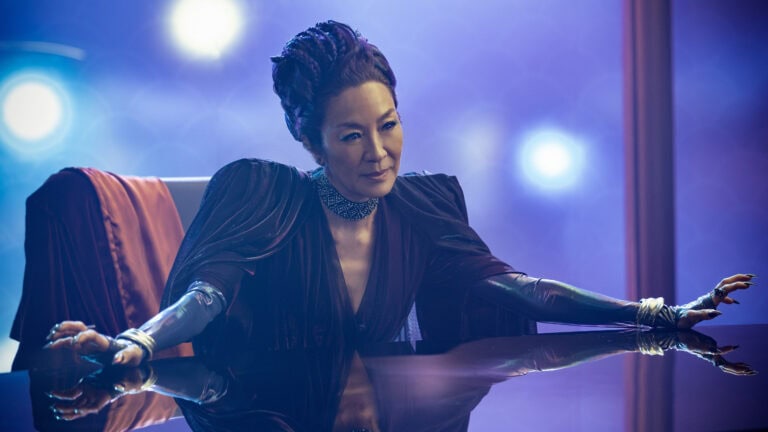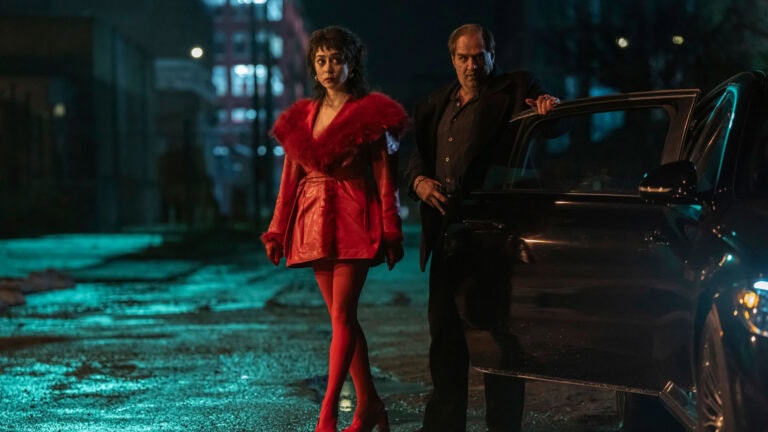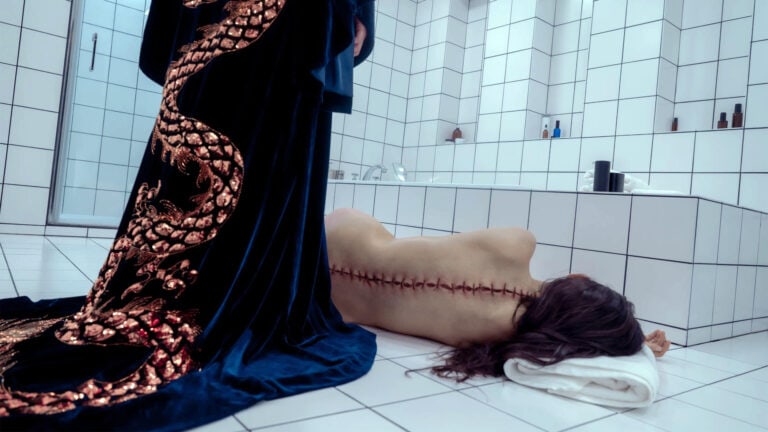Kym Barrett: The Costumes of The Matrix Trilogy
Celebrating the 25th anniversary of The Matrix franchise, costume designer Kym Barrett reflected upon the character development that entailed the creation of some of the most iconic looks in cinema history.
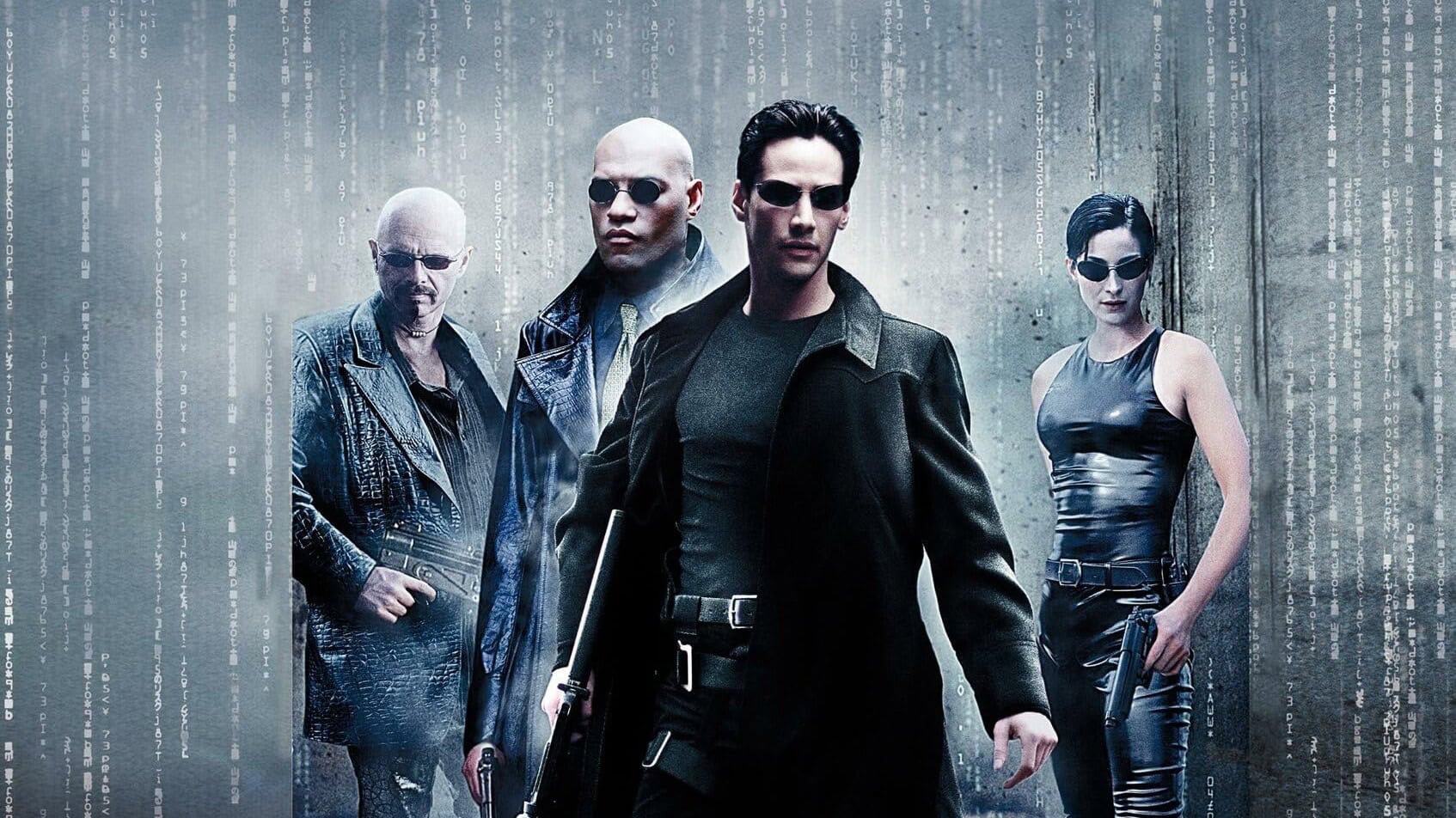
The year 1999 marked the release of The Matrix, a film that forever changed pop culture and created a fashion trend that is still present to this day. Its story brought a global audience into an alternate reality with an aesthetic that is unique to say the least. Flowing trench coats, reflective leather, tailored suits, and of course a variety of iconic sunglasses shaped Keanu Reeves, Laurence Fishburne, Carrie-Anne Moss, and Hugo Weaving into their respective characters in a way that few costume departments have been able to achieve. In celebration of the 25th anniversary of The Matrix franchise, costume designer Kym Barrett dove deep into characterization through costume creation and her collaboration with other departments in turning the Wachowski’s avant-garde trilogy into a visual spectacle.
“It was playing with light and texture and reflection, and the idea of the mirror, the veil between the two worlds. We were drawing on a lot of ancient myths and legends. It was a great way to disguise and reveal the characters … you didn’t know who to trust. There was always a sense of unease going in and out of the world. And then you realize at some point that of course, there is this complete veiling of the truth, and you start to tear that away. I think because we worked so well as a team it holds together quite well, even after all these years.”
Blue Pill, Red Pill
“You take the blue pill… the story ends, you wake up in your bed and believe whatever you want to believe. You take the red pill… you stay in Wonderland, and I show you how deep the rabbit hole goes.” This unforgettable moment in the film where Morpheus offers Neo a choice–whether to remain in an ordinarily fake life or discover the bleak reality of the world–represents the visual Yin and Yang of the film which Kym Barrett, production designer Owen Paterson, cinematographer Bill Pope, and visual effects supervisor John Gaeta harmoniously assembled on camera. “In the real world, I dyed [fabrics] with a very, very pale ice blue wash, and in the Matrix world, I dyed with a very, very pale green. The color of the clothing bounced light on the faces of the actors, so that Bill could have slightly less intense light, and Owen’s walls were also bouncing light, so we were able to create this feeling of a cocooned world, and in fact, the simulated world was also a cocooned world just in a different way. It was playing with light and texture and reflection, and the idea of the mirror, the veil between the two worlds. We were drawing on a lot of ancient myths and legends. It was a great way to disguise and reveal the characters … you didn’t know who to trust. There was always a sense of unease going in and out of the world. And then you realize at some point that of course, there is this complete veiling of the truth, and you start to tear that away. I think because we worked so well as a team it holds together quite well, even after all these years,” Barrett explained.
Neo, The One
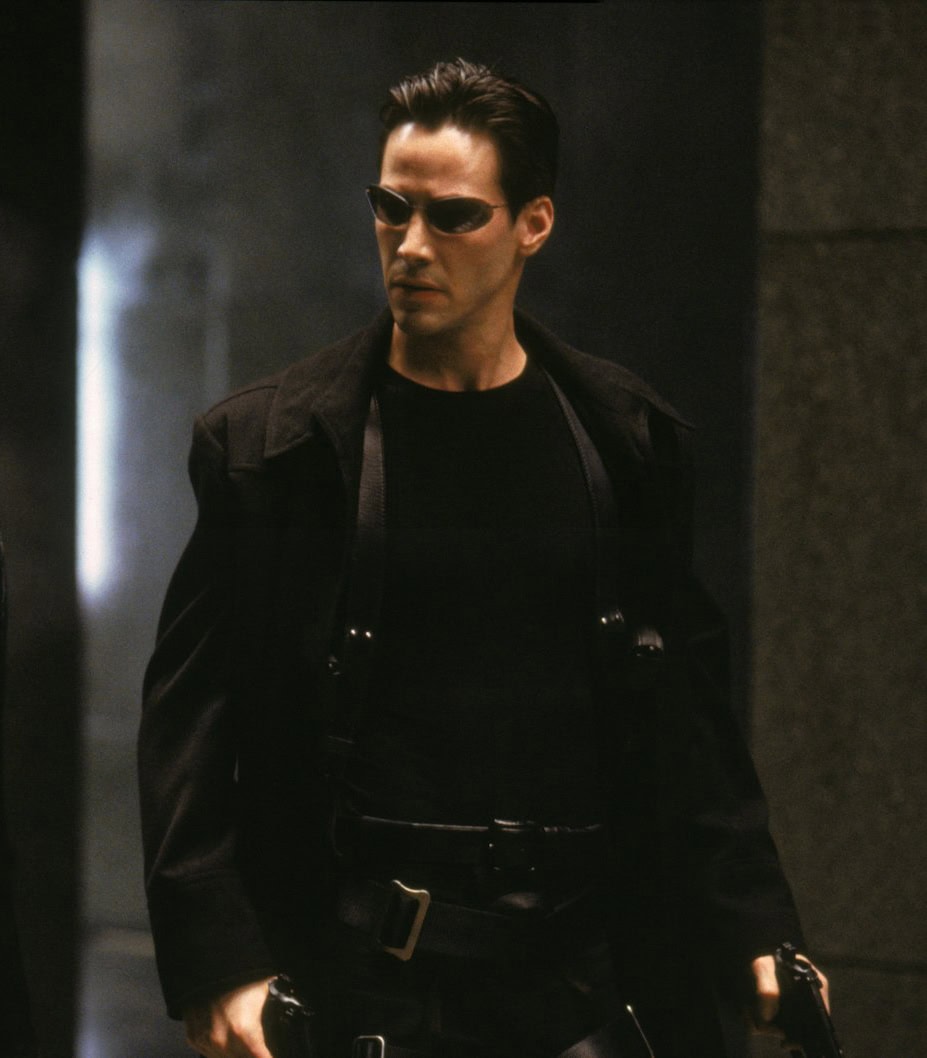
The hero’s journey Neo goes through–from the average every guy to the one capable of freeing the rest of humanity from the Matrix–progressively transcends the audience expectations, with Keanu Reeves’ innate talent of perfectly capturing the character on the silver screen supported by subtle-yet-rich costumes that defined specific moments in his life. Kym Barrett reflected upon Neo’s evolution and her close collaboration with the movie star: “Neo confronts his fears, and step by step he becomes something bigger than himself. As the story progresses, the small details that I added to his clothes (different shoes, a higher collar to stand up straighter, etc.) and the little things that [Keanu Reeves] did to the way he embodied the costumes and taking power of the space, it was a beautiful collaboration. When you have performers that enjoy the process you don’t have to overdo it to make a big difference. Most people might not even notice, but if it helps the performer through their pathway. It’s a very rewarding thing seeing how that character evolved [over the course of the first three movies].”
Morpheus

Laurence Fishburne’s imposing and grounding presence was what made Morpheus the vortex of the story. Barrett’s task was to translate this into an outfit that would bring together all of the character’s traits and at the same time use fabric colors and mirrored lenses as devices of storytelling that the filmmakers could utilize on screen. She said, “Laurence has a very distinguished bearing and loves to wear clothes. He wears his place and his position well. I used crocodile leather for the reflection and texture of the light. I also wanted to give him regal colors, burgundy and plum colors, a very kind of like ancient royalty in a way. And of course the green of his tie connects to the code. Once you go into the Matrix, you can dress as you wish, the sky’s the limit, but he has to be stable, he has to be the rock. At the same time, I didn’t wanna take away his flair for the theatrical. The [templeless, mirrored] glasses are the eyes of the mirror to the soul; when you look at yourself in the mirror, you can see possibility, you can see defeat, you can see aging and death. There’s so many lies that can be told with a reflection, but then also many truths.”
Trinity

Arguably the character that is holding it all together in The Matrix is Trinity. Kym Barrett described her as a messenger between two worlds, an entity that is there to extract you out of the lie and into the truth. Carrie-Anne Moss played a character whose lethal physicality and uncatchable nature are at the forefront of the action in the film, both qualities showcased by powerful, reflective costumes. “I wanted her to have this mercurial quality–something that slips and slides and you can’t grasp while also being very shiny and rich-looking. I also wanted to show her feminine strength; Carrie-Anne has a very curvaceous figure, but yet she’s physically commanding. She’s keeping it all laser-focused, like a heat-seeking missile. I wanted her to have the same strength or even more strength than the male characters. I mean, she does hold the world together in many ways, and she is the other half of Neo (but of course you’re not supposed to know that right away). I think [Carrie-Anne Moss] was the perfect casting,” Barrett said.
Agent Smiths
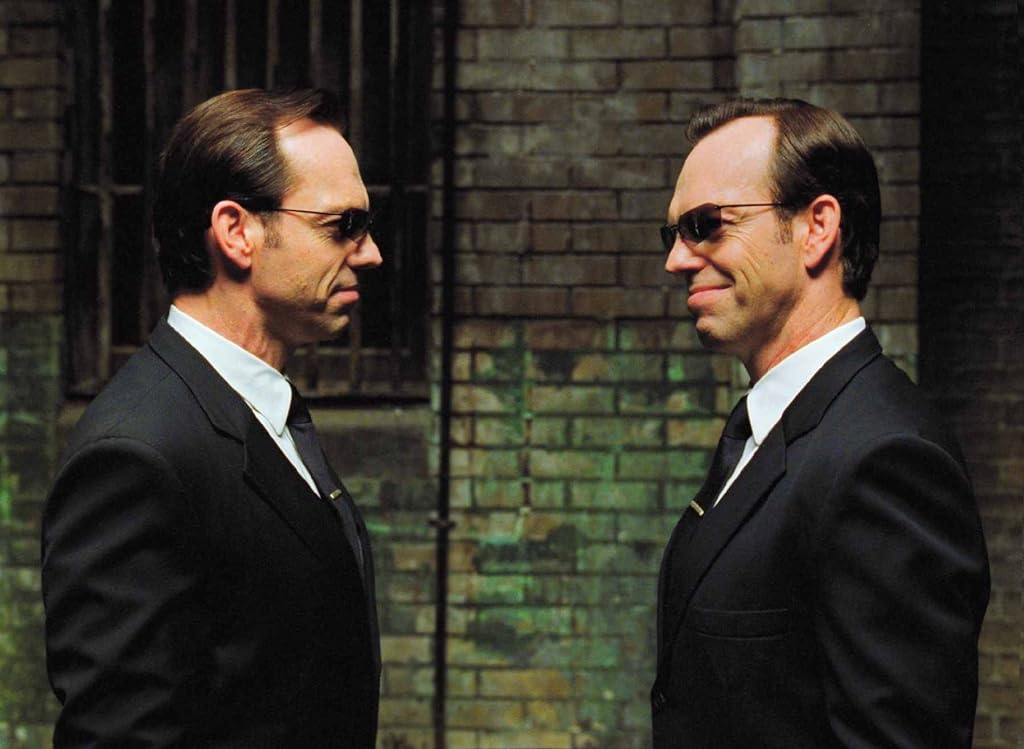
A solid story needs a formidable antagonist to raise the stakes for its heroes. Agent Smith is a great example of it, his near invincibility balancing out Neo’s god-like abilities while being a constant foe throughout the trilogy. Hugo Weaving, who plays the role of policing the Matrix by eliminating existential threats to the system, delivers an outstanding performance–his tall, regal, and imposing presence only elevated by tailored dark green suits that Barrett explained were Kennedy-era inspired. Probably one of the wildest moments for the character was in The Matrix Reloaded, the franchise’s second installment: Neo vs the Smith clones. The costume designer shared, “We made all of the [suits], and in those days it wasn’t cheap to do a face replacement (all the people in the front put on rubber masks of Hugo’s face which later visual effects could tweak). Even though all the men weren’t identical, we had to make sure all their hems were the same so that as a group they looked like clones of each other, although the people who came in to be the Smiths didn’t look anything alike. That was a big project.”
Since The Matrix trilogy, Kym Barrett’s career continue to thrive, continuing her collaboration with the Wachowskis on other projects (Cloud Atlas, Jupiter Ascending) and all-time fan-favorite films such as The Amazing Spider-Man, Aquaman, and most recently Shang-Chi and the Legend of the Ten Rings. In retrospect, Kym Barrett confessed none of the crew thought The Matrix would become one of the most visionary franchises of all time, let alone transcending into a fashion trend that is still relevant. She said, “We were true to the characters, and I think that somehow subconsciously people could feel and imagine themselves in a different reality. It wasn’t until later people started saying that The Matrix influenced fashion; that’s true, but I also think that all creative or technological things that are happening in the world obviously influenced me, and I was able to feed those ideas into our story and then build on them,” so essence, what really makes The Matrix so relevant is this creative circle that hit the audience at the cultural core in a subliminal way, and costume design was an essential part for achieving it.
